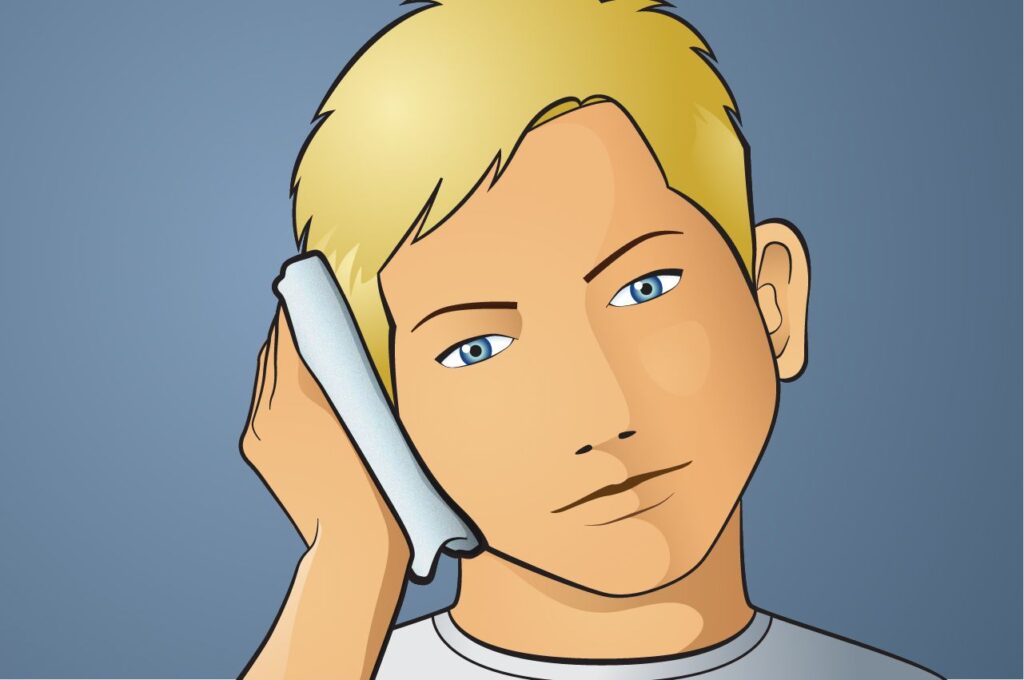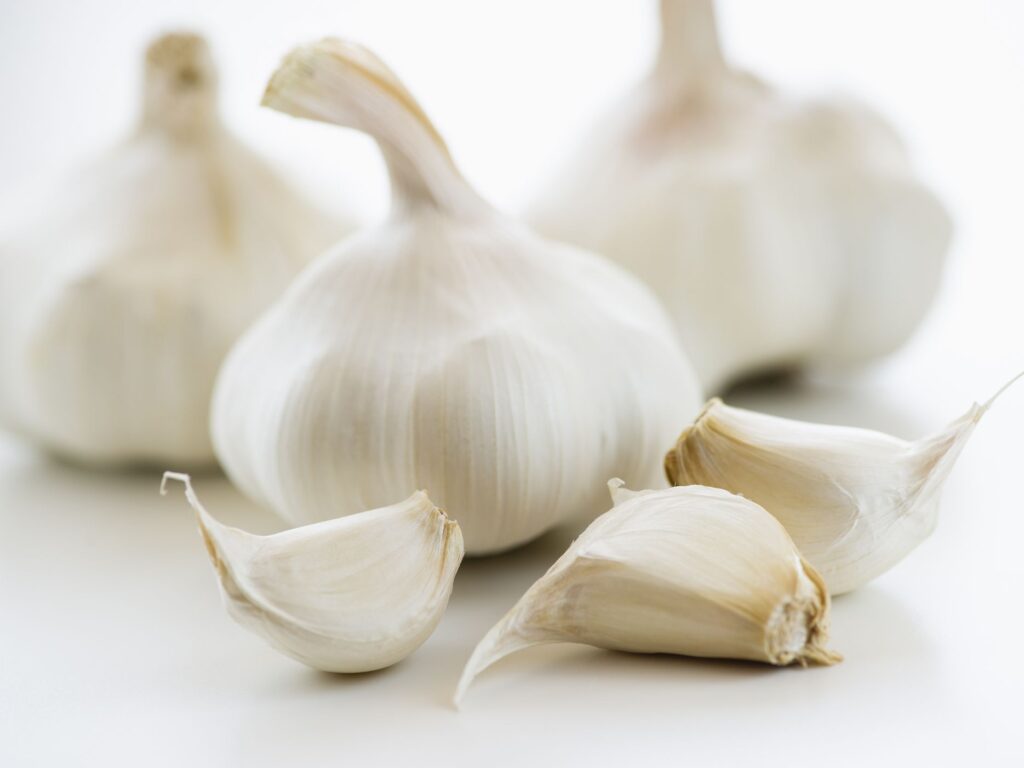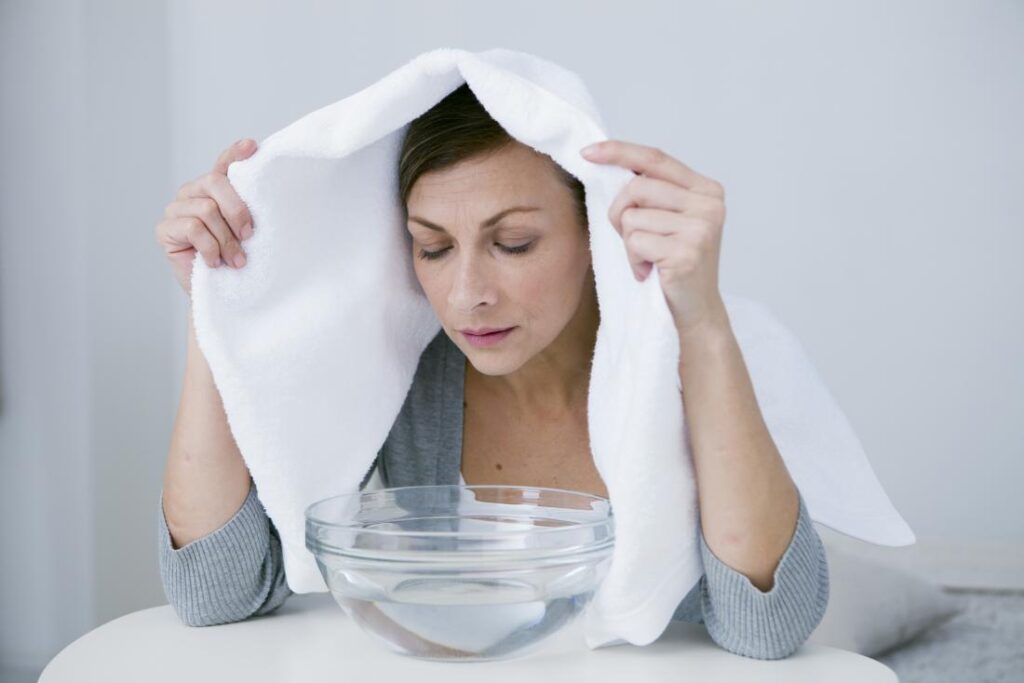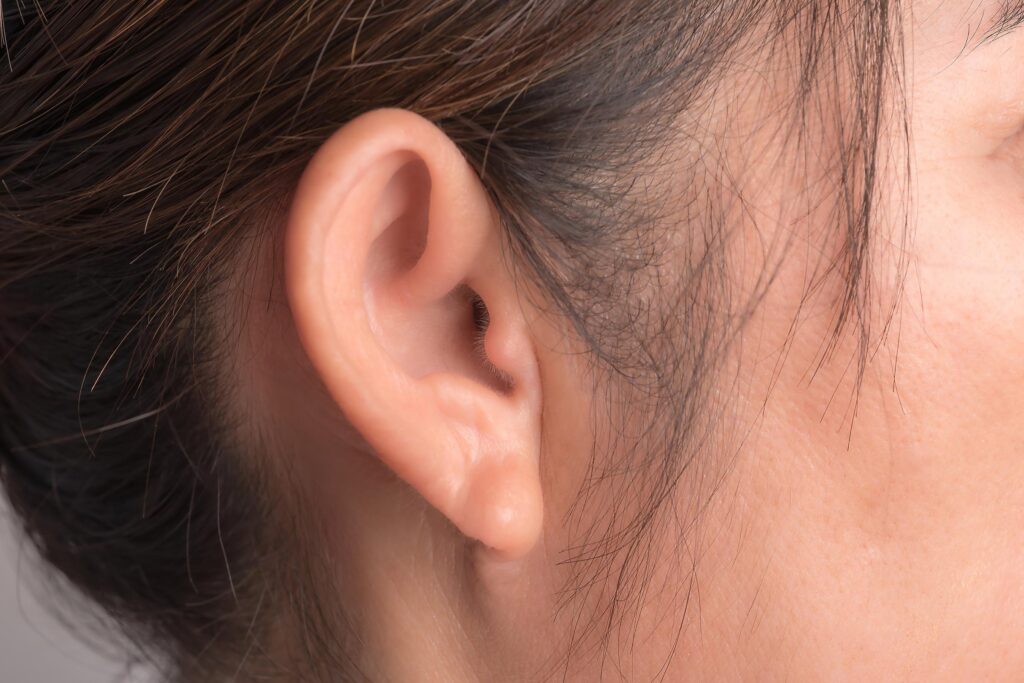I have water in my ear, what should I do or how do you remove water from your ears? Get the symptoms of water in ears, how to get rid of water from your ear canal and/or your middle ear as well as an insight on the ‘feeling like water in your ears – plugged ears.
Do you have the problem of water getting stuck in your ears? This is definitely something almost everyone has ever experienced at some point in their life. It happens if water gets into your ear canal (water in the ear canal) and/or into your middle ear creating an irritating and uncomfortable feeling with a number of other symptoms we are going to mention. Furthermore, having earwax might worsen the situation since it traps moisture and letting it stay there for longer periods of time.
Water getting into ears can affect babies, toddlers, children, adults or even the old aged people and it often happens after taking a bath or shower especially if you tilted your ear in a way to allow water to get in much easily or by swimming in a lake, river, pool or ocean especially if you swim underwater. Of course, swimmers are likely to suffer from this problem as opposed to those who do not swim regularly.
Furthermore, you could have water in one ear or both, it could be there for a day, two, three, four or five days or longer periods if you ignore it. In fact, some people have reported having water in their ears for weeks or months. However, if you have water stuck in your ears for weeks or months, do not ignore it since it might be an infection while you assume it is just water.
Water in ear symptoms or signs of water trapped in the ear

Besides uncomfortable and irritating feeling, some of the common water in the ear symptoms you are likely to experience include some pain (your ear might hurt), reduced or muffled hearing i.e. water in the ear decreases hearing and causes a sensation of something foreign trapped in the ear, inflammation of your ear canal especially if it stays there for several days or you get an infection and dizziness.
Other waters trapped in ear symptoms include crackling or ringing or water sounds in-ear, pressure behind ears, jaw pain, earache, itchiness, vertigo, pressure-filled headache, among others.
If you notice blood or pus, it might be an infection or injury. See your ENT specialist immediately for further diagnosis and treatment.
Risks of having water stuck in the ear
Although having water stuck in an ear is not a death threatening condition, if unchecked, the extra moisture can lead to infection and pain. One of the most common causes of the swimmer’s ear is ignoring water in-ear from swimming pools, ocean, lake or river which might be contaminated with fungi, bacteria, or viruses.
Furthermore, leaving water in your ears for weeks or months or ignoring some of the conditions that arise from water getting inside your ears can lead to permanent ear damage or permanent hearing impairment among other health risks such as cyst formation, eardrum inflammation, among others. This is perhaps a reason why you should get rid of water in the ear immediately.
How to remove water from the ear or how to get rid of water in ear remedies

You cannot afford to ignore water in your ears since it is not only uncomfortable but can also lead to inflammation, muffled hearing, ringing or crackling sounds in our ears, and infections on your ear canal especially the swimmer’s ear and other ear infections. Therefore, it is important to remove water from the ears as soon as it gets in.
Most of what we are going to discuss are what you can do while you are at home i.e. home remedies for water in ear removal. Remember not every method recommended online is safe as it can damage your sensitive and delicate ear structures. So, what are some of these safe ways and home remedies to get water out of your ear especially from your ear canal?
1. How to remove water in ear after swimming immediately
While swimming, water can get into your ears, you do not have to wait until you get home to remove it. Instead, try the various steps or remedies which employ gravity, help in stretching ear canal, or pushes eardrum outwards. Some of these simple steps to remove water stuck in your ears include:
- Get out of the water to minimize more water from getting into your ears. This should also be done whether you are in the bathtub or taking a shower.
- While your head is tilted towards the ear that has water, make side to side movements to help the water flow out of your ear easily. You can also hop up and down with one foot to help dislodge the water.
- With the head tilted towards the affected ear to almost reaching your shoulder, gently hit the opposite side of your head with your palm. This force should be enough to remove water from your ear.
- Try lying down on your side with the affected ear facing the ground for a short while for graving to help pull out the water.
- Try vacuum creating by placing your palm on the affected ear and pushing in and out until trapped water begins to flow out while the affected ear is facing downwards.
- Try yawning while pulling your earlobe to increases effectiveness. Yawning helps in stretching your ear canal as well as help in draining water in your ear.
- Finally, try popping your ears by Valsalva maneuver where you “close the mouth, squeeze the nostrils with your fingers, take a deep breath and blow air out of the nose to regulate air pressure. When performed correctly, you can hear a slight popping sound, a sign that eustachian tubes are open” [enkivillage.com].
These steps are meant to drain water from the ear quickly. If these easy steps do not work ( i.e. water in ear won’t drain), you can continue with the below ways which are equally effective with some giving immediate results while others might give results overnight especially those that soften the wax.
2. Add More Water to Ear
Lie down with the affected ear facing upwards towards the sky, let someone add a few more drops of water (at room temperature to avoid feeling dizzy) and immediately turn to the opposite side. All the water that was initially in your ear will flow out due to water cohesion forces.
3. Chew Gum

Another easy way to clear water from the ear is chewing gum. Chewing gum involves temporomandibular joint movement which in turn creates some sort of pressure on the middle ear while the ear canal gets stretched. This action will help in pushing water out.
4. Use rubbing alcohol
This approach for removing water from ear works since rubbing alcohol is known for drying water moisture. It can also help kill any bacteria and thus preventing infections. However, expect a little sting immediately you add a few drops.
To use rubbing alcohol, get some from your local drug store (usually sold over the counter), put a few drops while you head is tilted with the affected ear facing upwards to allow it to flow into your ear, wait for about 30 seconds for rubbing alcohol to do its work and let the alcohol and water remnant flow out by tilting your head to the opposite direction.
Repeat the process a few more times until the water gets out completely. Crackling and popping sound is normal during this process.
5. Blow-dry your ear
While at the lowest setting and kept about a foot away from your ear, blow dying your ear can vaporize the water in your ear, letting it get out as vapors. Pulling your ear lobe gently downwards might increase the effectiveness of the process. Be careful not to get burnt.
6. Ear drains mixtures

If your eardrum is not perforated or punctured, a few drops of rubbing alcohol and vinegar mixture, salty water solution or garlic and olive mixture will be helpful. All the mixtures should be at your body temperature to avoid dizziness.
1. Rubbing alcohol and vinegar
Rubbing alcohol and vinegar is mixed in equal amounts and helps in removing water and in limiting bacterial growth, thereby preventing infections such as swimmer’s ear.
2. Saltwater solution
A saltwater solution (a quarter teaspoon of salt mixed added to a glass of warm water) fights infections, gets rids of trapped water and wax. Squirt the mixture into your ears with a bulb ear syringe.
3. Garlic and olive oil mixture
Garlic has antibacterial properties while olive oil will give your ears soothing relief (i.e. it will relieve any discomfort) and has antiseptic properties. Crush some garlic, add some olive oil, warm and extract the mixture using a strainer. Put a few drops of the mixture into your ear, wait for a little while and tilt your head to let the mixture and trapped water out. Olive oil can also be used alone.
7. Steam Treatment or hot compress

Another simple but effective way to get rid of water in your ear is by the use of steam. Put hot water in a big bowl, cover yourself with a towel and inhale the steam slowly for about five to ten minutes before tilting your head towards the affected ear for water to flow out. Hot ear compress will have a similar effect.
8. Try OTC eardrops water in ear treatment
There are many alcohol-based OTC ear drops that help in removing water from your ears since alcohol evaporates fast. Put a few drops of these products, wait a little while and tilt your ear to let the ear drops and water flow out.
9. Hydrogen peroxide
Going on with remedies for water in the ear, put a few drops of 3% dilute hydrogen peroxide to help soften wax that could trap some water moisture or case the feeling of water in your ears. This will also prevent infections.
Precaution when you have water in the ear canal
We have told you what to put in ear to get water out. Even if you are desperate and feeling so uncomfortable because you have an ocean, river, or pool water in your ear canal, which you feel could cause infection, be patient. Here are some important precautions you must observe.
- “Never want to use Q-tips to dry or remove anything from your ears” [www.zocdoc.com]as this can injure your eardrum, ear canal or push earwax deep further or towards your tympanic membrane (eardrum).
- Do not insert anything into your ear including your keys, pens, fingers, etc. since it can cause infections and injuries.
- Dry your ears well after getting out of the water using a soft piece of cloth.
- See a doctor in case of swelling, redness, hearing loss (i.e. you can’t hear), itchiness or yellow-green pus from the ear.
- Do not use headphones until you have gotten rid of all the water in your ears.
- Opting for remedies to remove the water inside the ear that does not involve alcohol will be ideal if you have little wax since your ear canal skin might dry up.
Swimming earplugs or water earplugs

One of the best ways to protect and stop water from getting into your ears is by using swimming earplugs or simply water earplugs. You will get these devices from some of the leading local and online stores such as Boots, CVS, Walmart, amazon.com, Walgreen, target.com, among others.
There are various brands for adults and those for kids include swimming earplugs for kids with tubes that will ensure your child does not end up with this problem of water in the ear. Read reviews, see ratings and user’s comments to know which brand of plugs will be ideal.
Water in the middle ear – water behind eardrums
For people who have undergone myringotomy, a surgical procedure where an incision is made on the eardrum to help drain fluid and thus bringing pressure balance on the outside and inside the ear, have had a small tube placed in their eardrum to correct Eustachian tube dysfunction or have perforated eardrums, water can get into middle ear i.e. they can have water trapped behind the eardrum.
This often happens after swimming, diving or showering and when it happens some of the water in middle ear symptoms you will have will include pain, dizziness (since middle ear helps in maintaining body balance), muffled hearing, etc.
Sometimes, suffering from otitis media, especially otitis media with effusion (OME) can result to thick or sticky fluid behind the eardrum in the middle ear” which will not be water for this case but you will feel much or less the same as having water in your middle ear.
Younger children (toddlers and newborns) tend to suffer from otitis media with effusion more often than adults since their eustachian tubes are shorter, floppier with smaller openings and get colds more frequently.
Do not try any of the discussed ways or remedies for removing water from the ear when it comes to clearing water from behind eardrum. Visit a doctor for cure or treatment in case of any infection or removal of water from your middle ear. Doing it on your own could harm your delicate middle ear.
Water in ear with pain

On the issue of water in the ear causing some pain, we have had complaints from a number of patients. Some complain about feeling water in-ear and it becomes painful when blowing their nose, others mention jaw pain, among other symptoms. A little pain might be ok but too may be an indication of a more serious problem.
If you have water in-ear with pain, we recommend you see an ENT specialist for professional diagnosis since the pain could be due to water, plugged ears that might strain eardrum, or other infections.
Water in the ear for days
If you have water stuck in your ears for days such as 2,3,4,5 days or more and you have tried everything without success, see your ENT specialist for further examination.
Is it possible to have water in the inner ear
The ear is divided into three parts, the outer ear that ends on the eardrums, the middle ear and the inner ear. It is not possible for water to get into your inner ear.
Most people who complain of water getting stuck in their inner ear either mean in their middle ear or ear canal which is part of the outer ear.
Why does it feel like water in my ear

If you have the ‘ feeling like water in your ear,’ it could actually be water or plugged ears. As already discussed, you can easily conclude that it is actually water that has gotten into or has been stuck in your ears especially if you feel that way after swimming, taking a shower or bath, after diving, etc.
However, if you are hearing water in the ear accompanied with ringing or crackling sound and it often happens when you wake up, nothing comes out when you try the above removal method (i.e. there isn’t any water or you can’t get it out) it could be plugged ears. This problem can stay for weeks or months and at times you will always or constantly have this feeling of water in your ears.
Another common symptom of plugged or clogged ears is the loss of hearing i.e. muffling of sound. This happens when the eustachian tube becomes blocked/clogged and/or the ear canal gets clogged with earwax. Furthermore, too much earwax might touch the eardrum hampering the normal hearing process and creating the sensation of water behind the ear.
To some people, the feeling might hurt (i.e. accompanied with pain especially due to strain or stretching of the eardrums). However, in most cases, it doesn’t hurt. Other common symptoms include your ears feeling like underwater, dizziness, etc.
As we were researching, we found a patient who was complaining saying he feels like water in ear i.e., I know there isn’t water in my ear, but it feels like there is. It feels like something is moving around in there. What should I do about this? Can I have my ears flushed out or something?. This is a typical feeling when you have clogged ears.
We have already looked at plugged ears symptoms, causes that include allergies, swimmer’s ear, cold, sinus infection, after taking a flight, etc., how to clear clogged ears as well as home remedies and treatments worthwhile trying. See more on clogged ears to know what to do.
I hope your concerns on “it feels like water in-ear” have well addressed where we said it could be actual water, infections, a problem with eustachian tubes (including Eustachian tubes dysfunction) or clogged ear canal by earwax.

